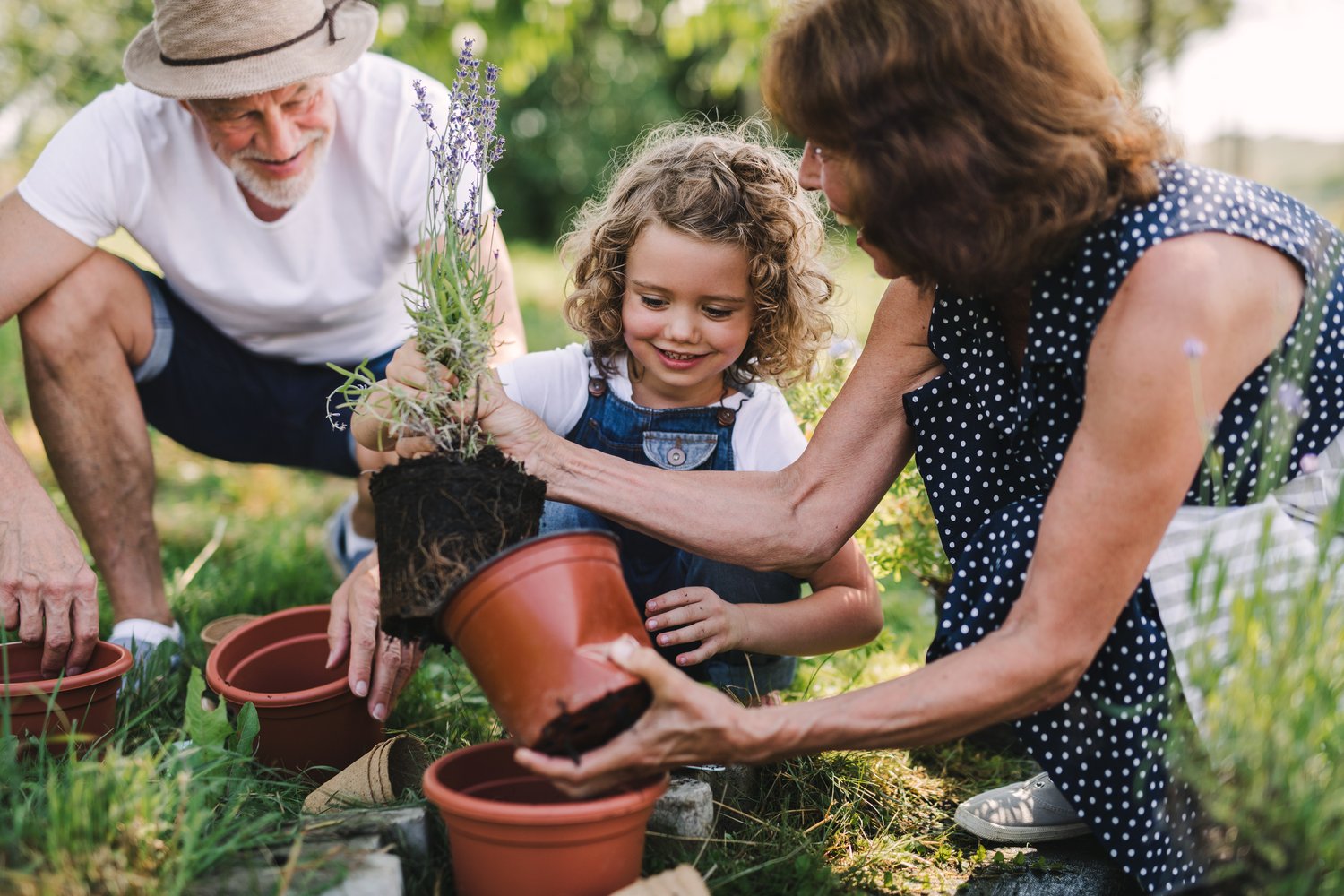Designing a garden that appeals to children while ensuring their safety requires thoughtful planning and creativity. A well-designed child-friendly garden provides opportunities for play, exploration, and learning while giving parents peace of mind about potential hazards. This article explores practical ideas for transforming your outdoor space into an engaging play area where children can develop physically, emotionally, and cognitively through interaction with nature and imaginative play. From selecting appropriate plants to incorporating creative play features, these family backyard ideas will help you create a garden that grows with your children.
Balancing Safety and Adventure
Creating a safe garden design doesn’t mean eliminating all elements of challenge and adventure. Children need opportunities to test their abilities and assess risks in a controlled environment. The key is to design spaces with age-appropriate challenges. For toddlers, this might mean low climbing structures with soft landing surfaces, while older children can handle more complex features like rope swings or tree houses. Consider installing rounded-edge furniture and equipment to prevent injuries from falls. Pathways should be clear of tripping hazards but can include stepping stones or logs to encourage balance development. When planning your kids outdoor play area, remember that allowing children to experience minor challenges builds confidence and resilience while teaching them to recognize and manage risks independently.
Child-Safe Planting Choices
When designing a child-friendly garden, plant selection deserves careful consideration. Avoid toxic plants that could cause harm if touched or ingested. Common garden plants like foxglove, lily of the valley, and oleander can be dangerous to curious young explorers. Instead, opt for robust, non-toxic varieties that can withstand occasional trampling and rough play. Sunflowers, lamb’s ears, snapdragons, and butterfly bushes offer sensory experiences through their interesting textures, scents, and ability to attract wildlife. Edible plants like strawberries, cherry tomatoes, and herbs teach children about food sources while encouraging healthy eating habits. Creating a dedicated children’s garden patch with their own tools fosters ownership and responsibility. As experts at AskHomey suggest, involving children in the planting process increases their connection to nature and builds lifelong gardening skills.
Zones for Different Activities
Effective family backyard ideas often incorporate distinct zones for various activities. Consider creating separate areas for active play, quiet contemplation, creative projects, and social interaction. An active zone might feature open lawn space for running games, a sandbox for constructive play, or a water feature with appropriate safety measures. A quiet zone could include a reading nook with weather-resistant cushions under a tree canopy or a small gazebo. Creative zones benefit from tables for art projects, a mud kitchen for sensory play, or a chalkboard wall for artistic expression. Social areas might center around child-sized furniture for tea parties or a fire pit (with proper safety measures) for family gatherings and marshmallow roasting. These distinct spaces allow children to transition between different types of play while giving adults designated areas for supervision.
Natural Play Elements
While commercial play equipment has its place, natural elements often provide more open-ended play opportunities in a child-friendly garden. Large boulders become mountains to climb, fallen logs transform into balance beams, and tree stumps create perfect seating for outdoor classrooms. Consider installing a rain garden that collects water after storms, providing opportunities to learn about conservation while enjoying puddle-jumping. Tunnels made from living willow can create magical passageways that change with the seasons. Butterfly gardens with native plants attract pollinators, offering educational opportunities about ecosystems. These natural elements generally require less maintenance than plastic play equipment and blend aesthetically with the rest of your garden landscape while encouraging imaginative play.
Weather Considerations and Shade
A truly functional kids outdoor play area accounts for various weather conditions. Incorporate shaded areas to protect sensitive skin from harsh sunlight—pergolas, shade sails, or strategically planted trees can provide natural cooling. Consider a covered porch or pavilion area where children can continue outdoor play during light rain. For year-round enjoyment in variable climates, weather-resistant storage for toys and equipment keeps the garden tidy while protecting items from damage. Think about wind patterns when positioning play structures, as strong gusts can affect safety on swings or elevated platforms. By planning for different weather scenarios, you extend the usability of your outdoor space throughout the year.
Maintenance and Growth
A successful safe garden design evolves as children grow. Plan your space with flexibility in mind, creating features that can be adapted over time. That fairy garden might later become a vegetable patch, or the sandbox could eventually transform into a fire pit for teenage gatherings. Choose durable materials that withstand weathering and rough play while requiring minimal maintenance. Establish simple garden care routines that children can participate in, such as watering plants or collecting fallen leaves. This involvement teaches responsibility while keeping the garden in good condition. Regular safety checks of play equipment, structures, and plants should become part of your maintenance routine to ensure ongoing safety as your garden—and your children—mature.
For more tips and to connect with reliable home service professionals, follow AskHomey on Facebook and Instagram.



